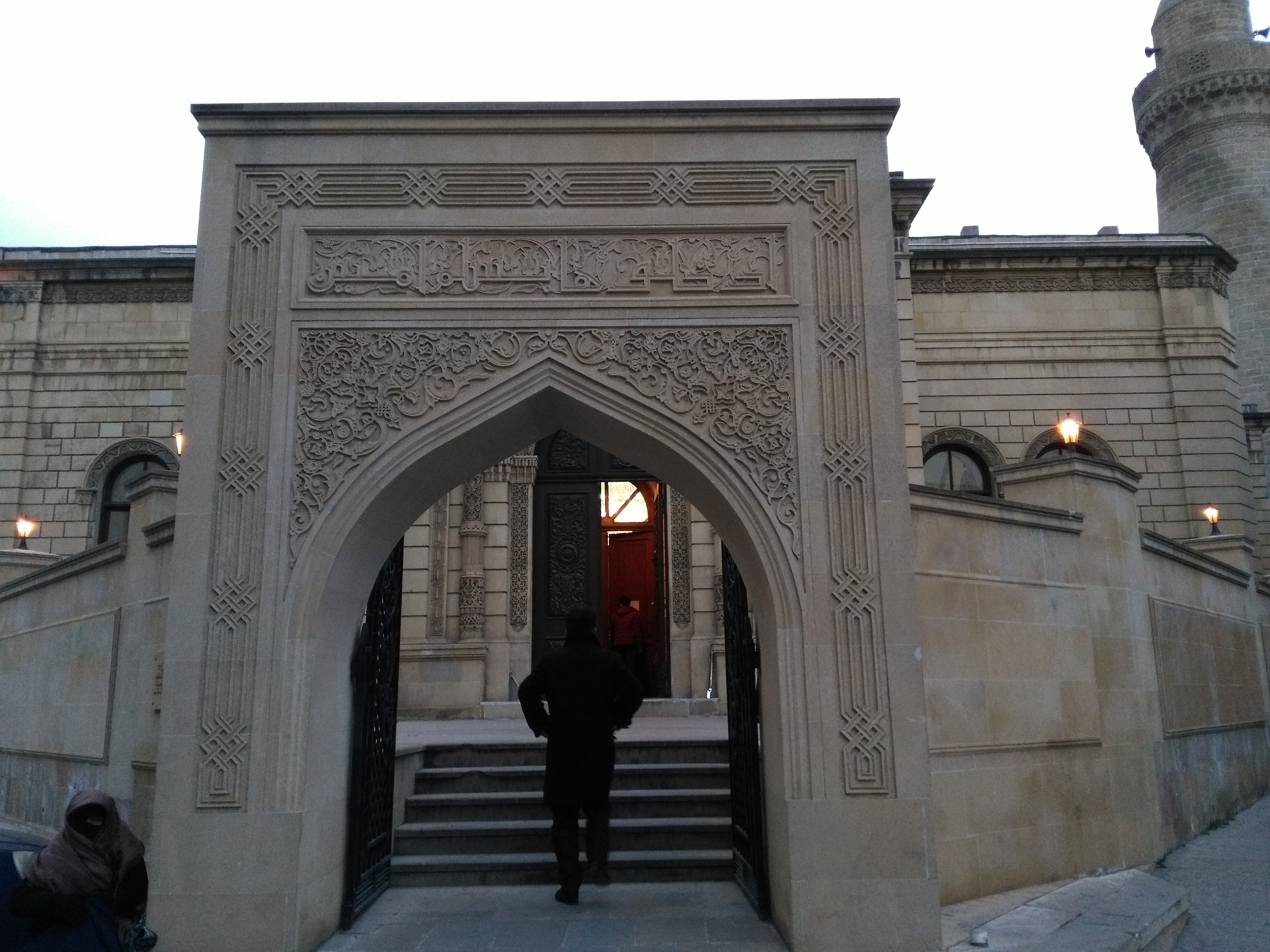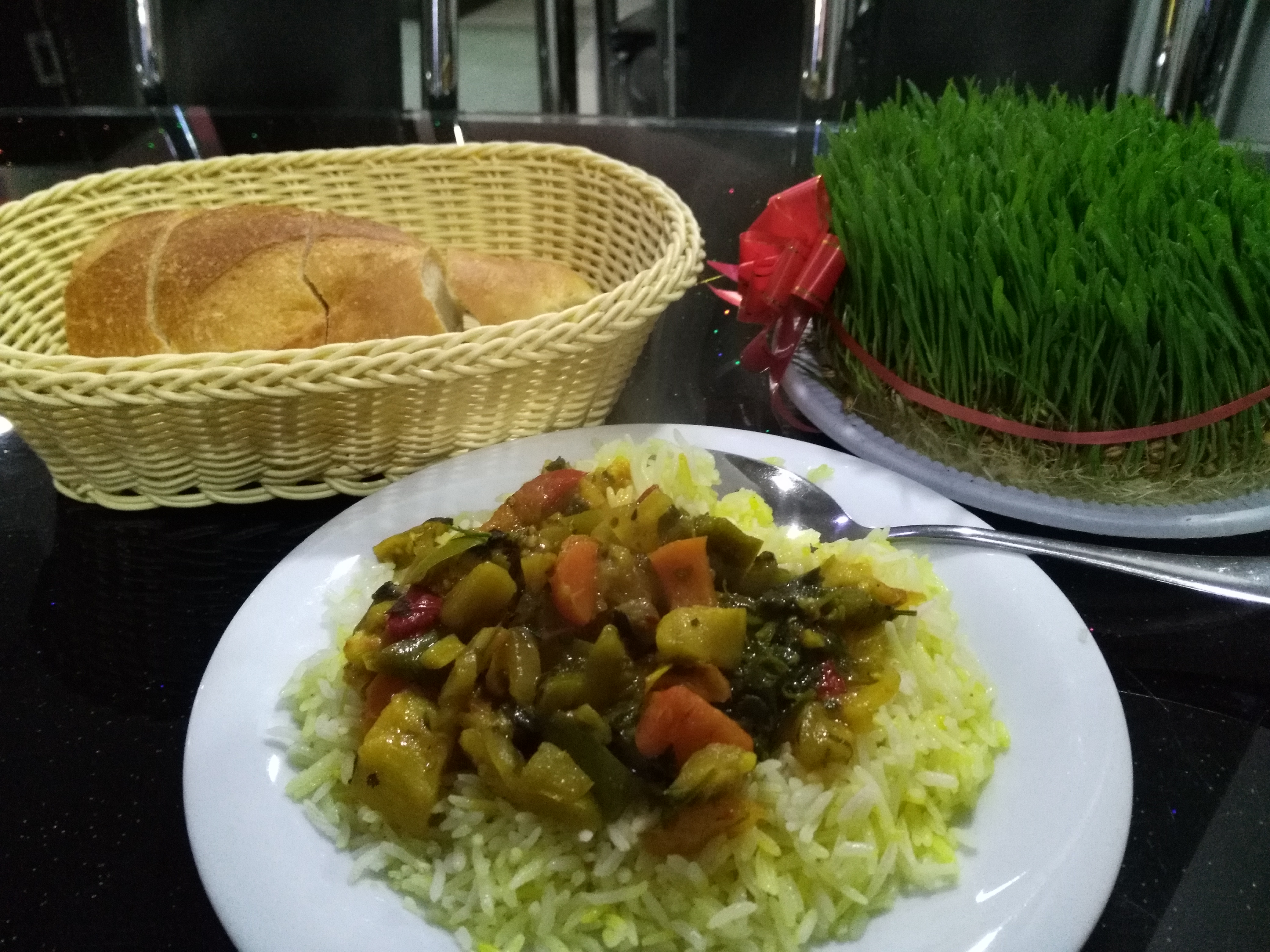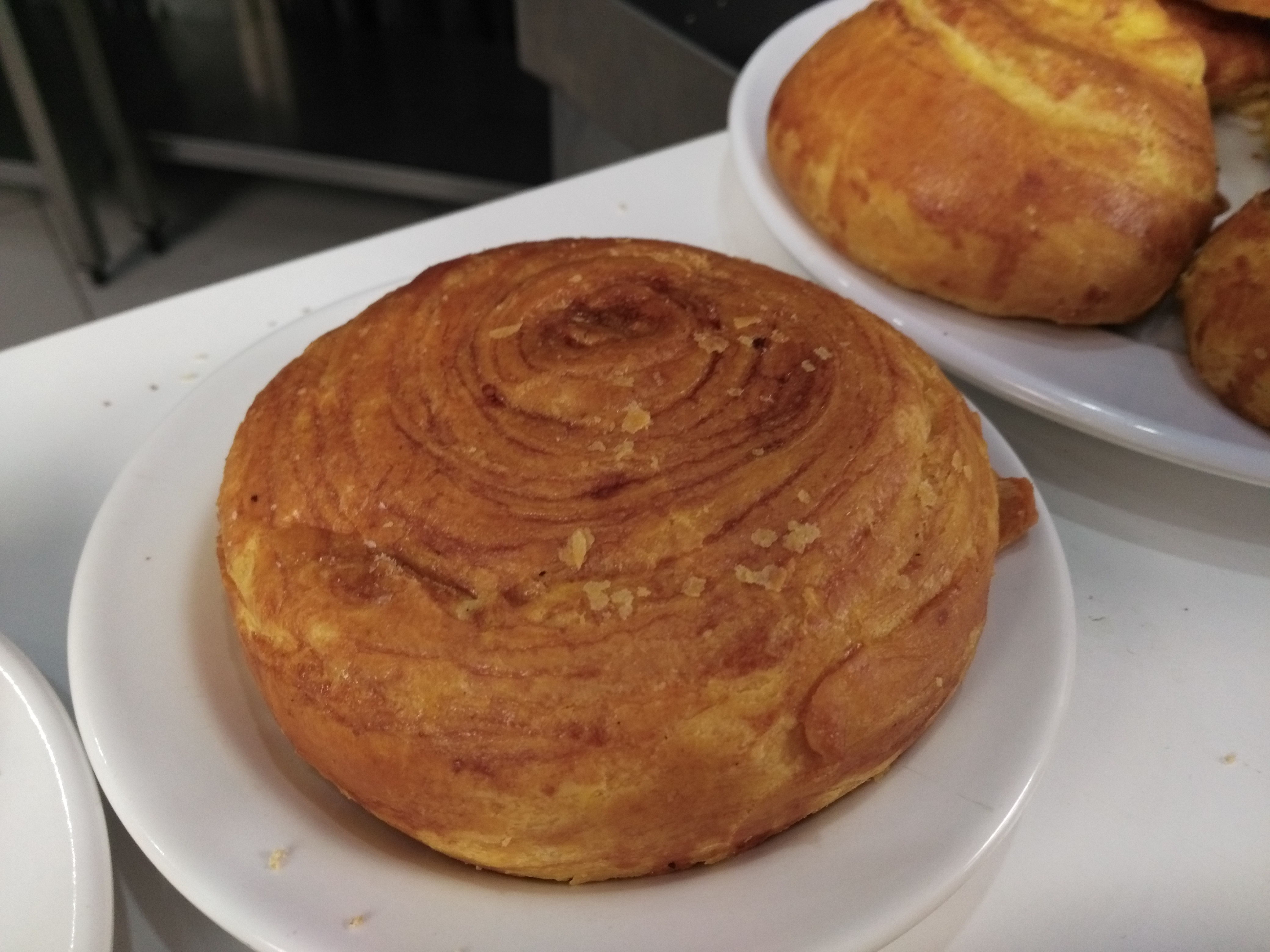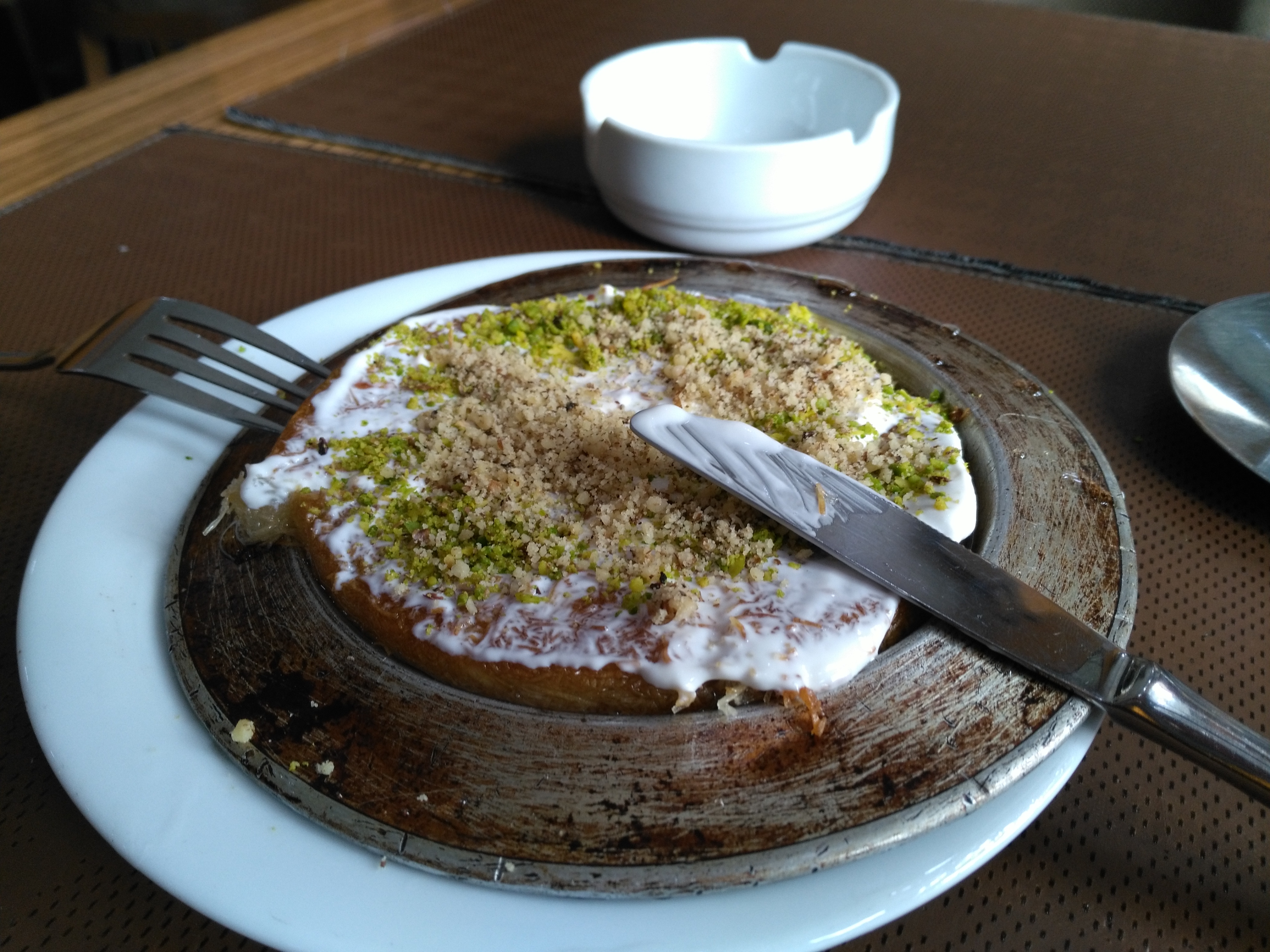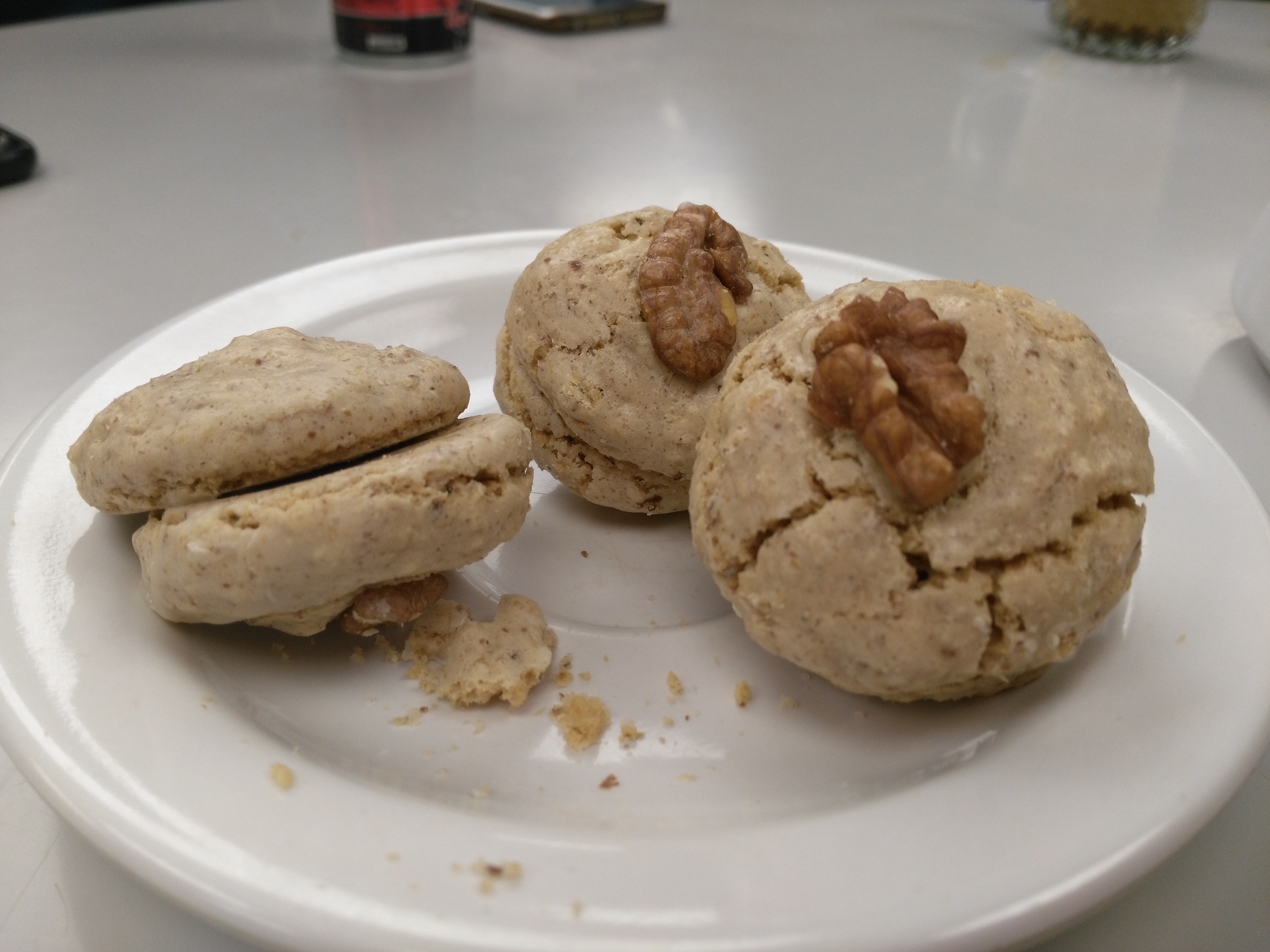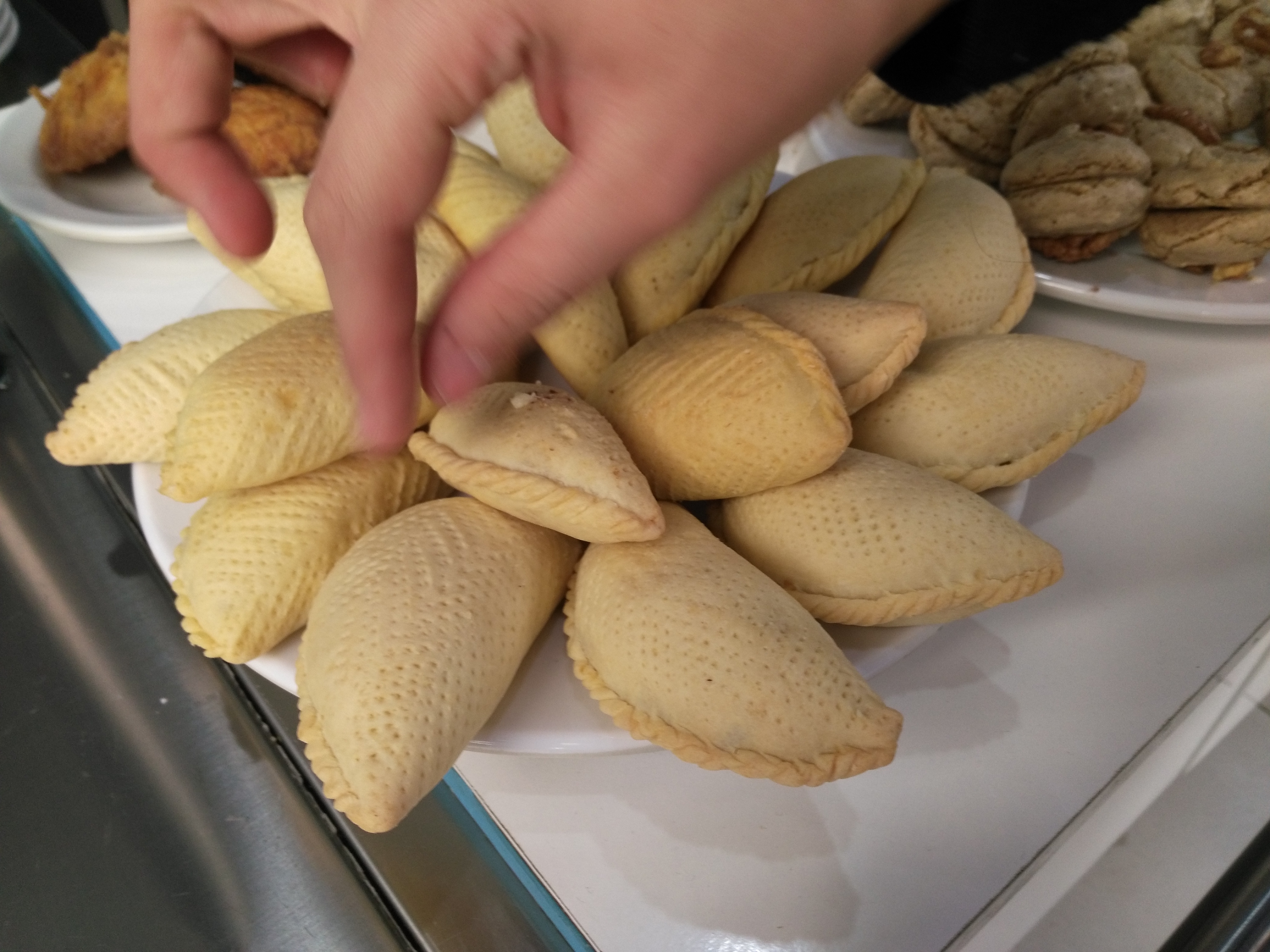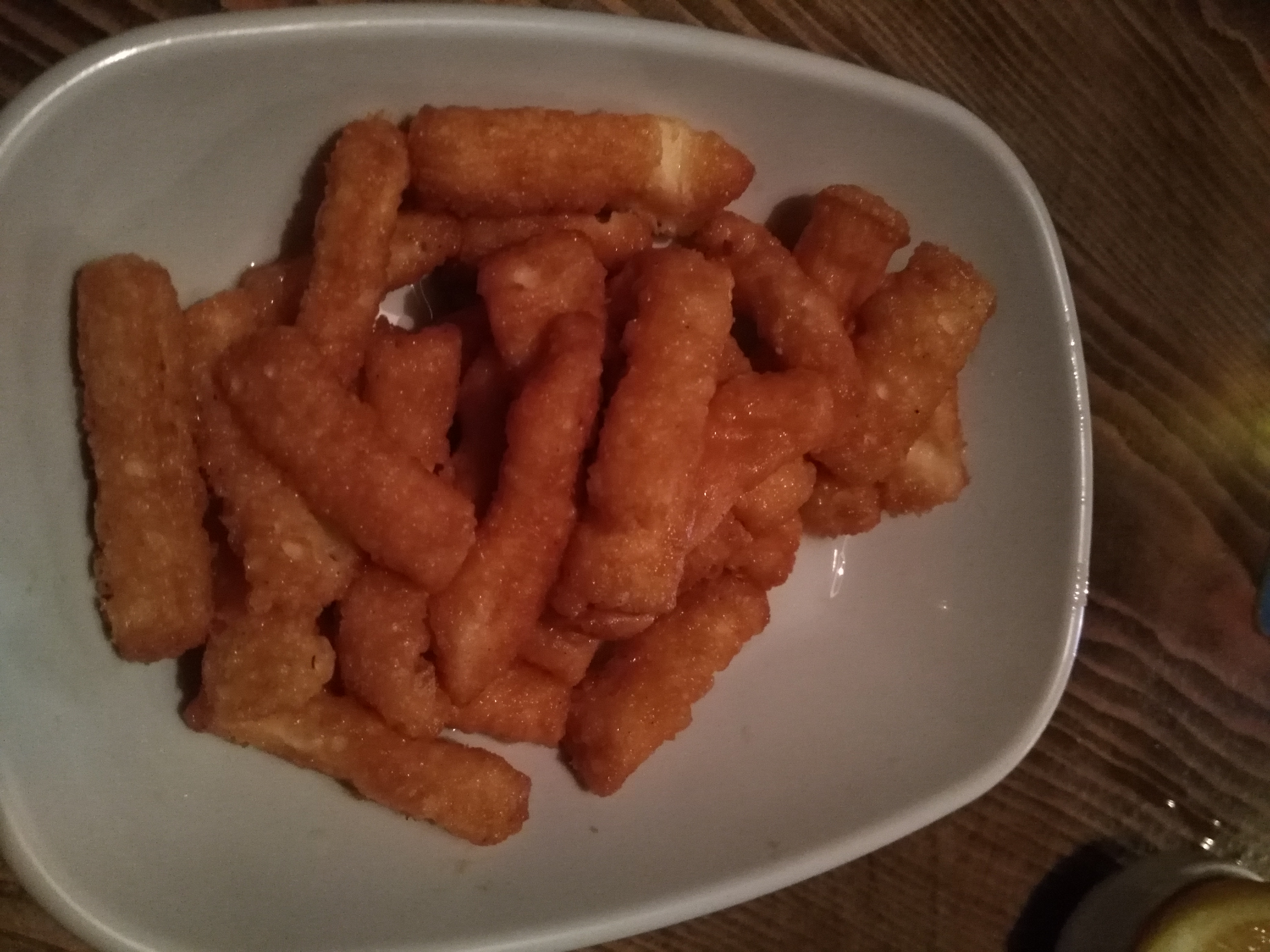Mugham Fest Part 1
11 Mar 2018
Reading time ~3 minutes
The beginning of this week marked the beginning of the International Mugham Festival, which I am extraordinarily lucky to have happened upon immediately upon arrival in Baku. I’m still in shock at just how perfect the timing has been because the festival only takes place once very 3 years. This year, it includes roughly 30 events (lectures, seminars, performances, competitions) throughout this and next week, all of which to some extent entails the discussion or performance of makam music. Though most of the scheduled performances showcase Azerbaijani mugham, the music competition part of the international festival featured Turkish makam music, Arabic maqam music, Persian dastgah music, and more. Here’s a sampling from the impressive performances given during the opening concert of the festival at the Heydər Əliyev Sarayı (Heydar Aliyev Palace).
Mugham Competition at the Azerbaijan National Conservatory
The performances as part of the music competition held at the Azerbaijan National Conservatory have been really exquisite. However, I found it difficult to grasp how exactly performances were being judged against one another, because the various genres of art music represented during the competition, though all loosely falling under the umbrella of “maqam/mugham/makam” music, are notably different in terms of form, aesthetics, language of lyrics employed, etc. I suppose having such a diverse set of acts competing on a single stage entails one of two possibilities: either that 1. there exist substantial shared criteria by which the variety of musical genres could accurately and precisely be judged or 2. each genre of music was being judged by the diversely competent panel by differing criteria allowing for the best of each genre or presentational format to prevail. Unfortunately, I hear that one performance act could not make it to the next round simply because it did not qualify as mugham/maqam/makam music.
Taza Pir and Baku Islamic University
I wrapped up this past week with a visit to the Baku Islam University to gain some potential interview leads. I was met with a generous reception by Dr. Talishinski, a professor of political science at the university, who recommended a bunch of people and places for me to check out in the city which I hope to detail in my next blog post.
Tasty Treats in Baku Pt. 2
There are certainly some similarities between here and back in Central Asia due to the whole Turkic and Muslim thing, but also some notable differences. Foremost, the food item that signifies “plov” here is radically different from that of Central Asia. “Plov” here mainly refers to a rice preparation that is just rice, while back in Central Asia it generally constituted an entire meal that did not call for side dishes, condiments, and such.













